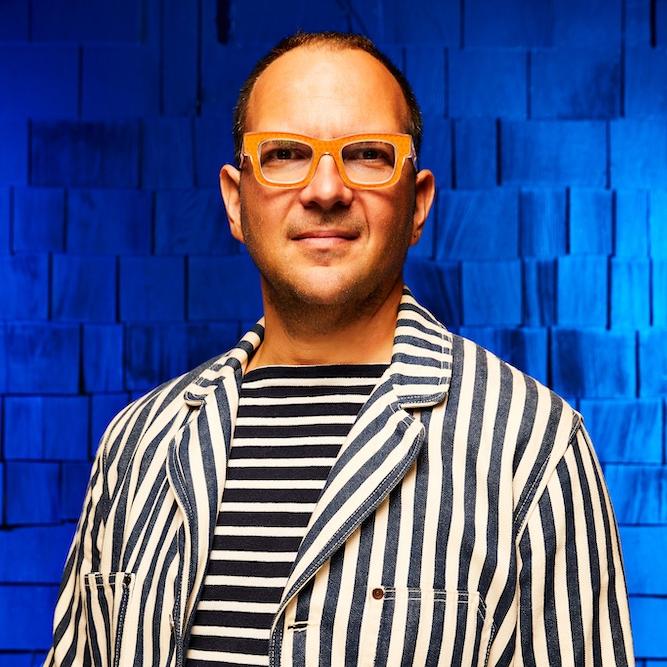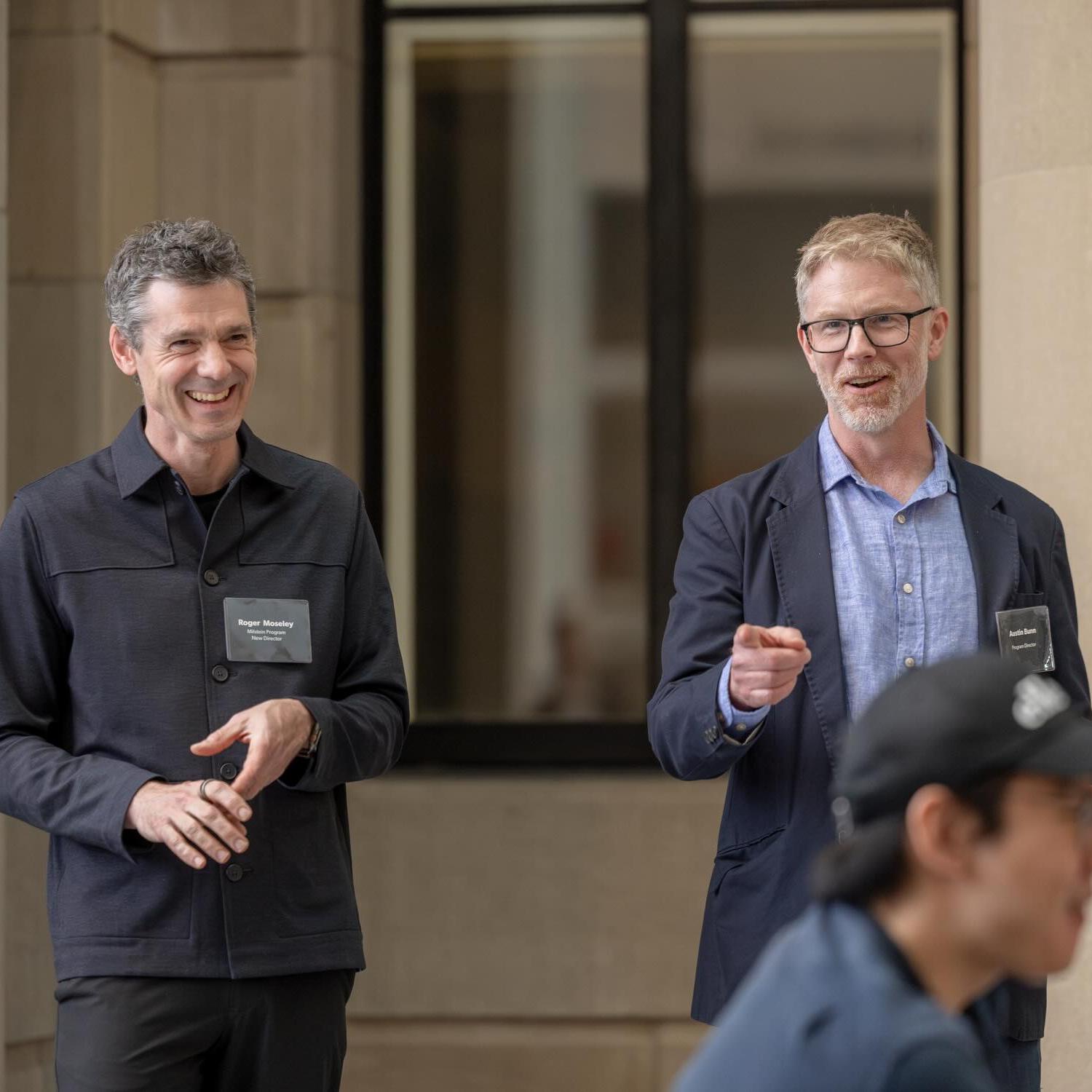
 Department Homepage
The College of Arts & Sciences
Department Homepage
The College of Arts & Sciences
Cornell celebrates electronic music pioneer Robert Moog
Cornell and the Ithaca community celebrated the life, work and influence of synthesizer inventor Robert Moog, Ph.D. ’65, with three days of events March 5-7.



